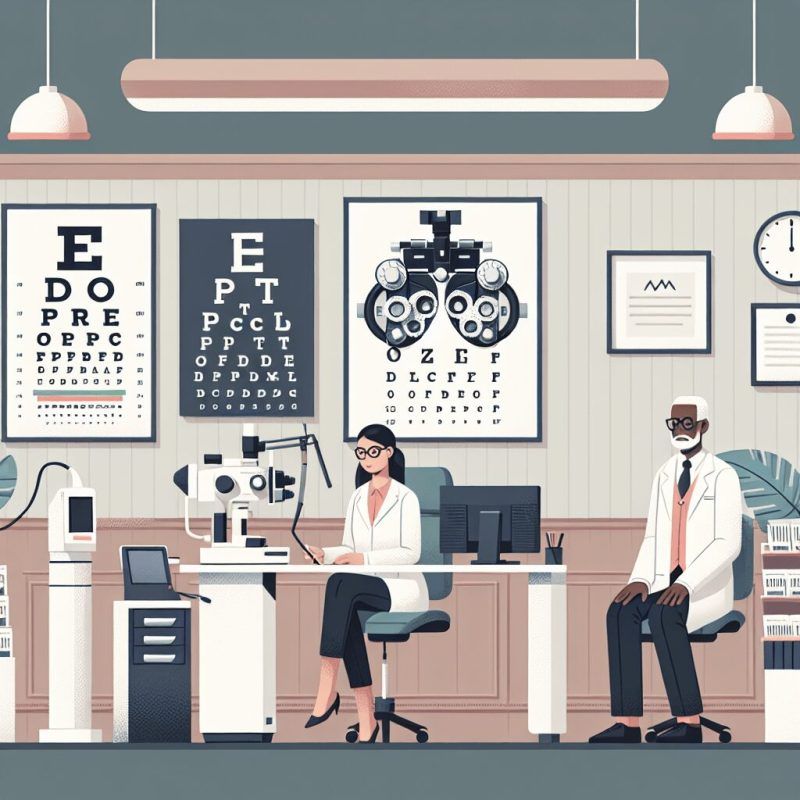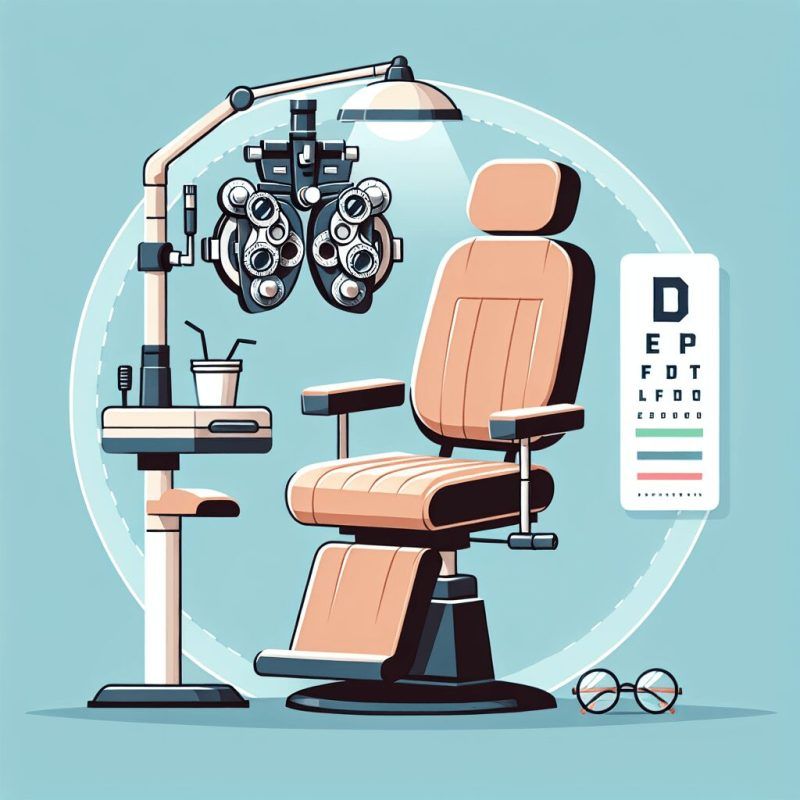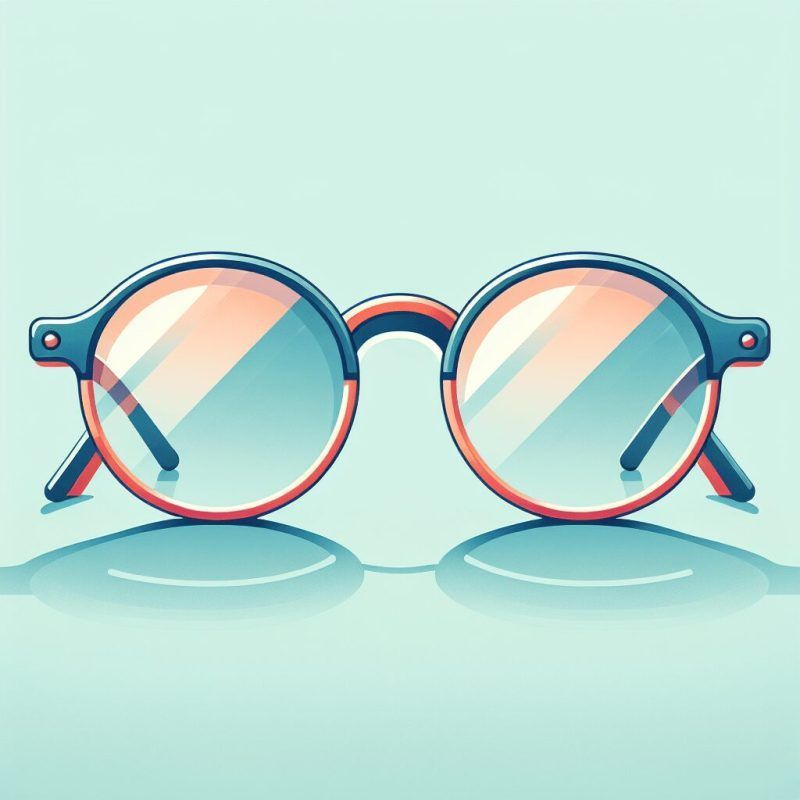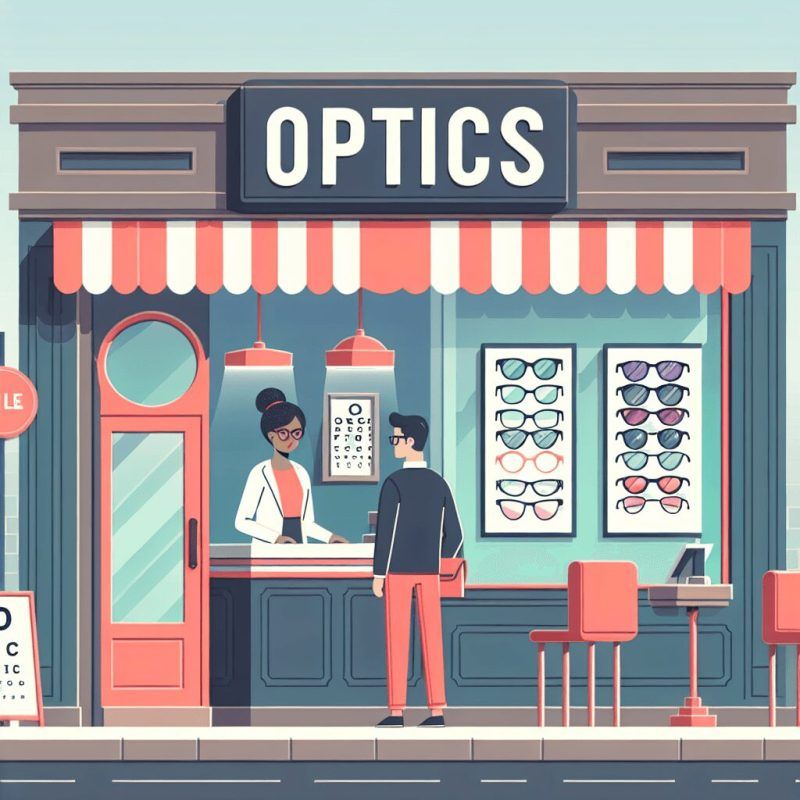Doctor's Corner
Understanding Vision Correction through Special Lenses
Special lenses can improve your vision. Understanding vision correction can make a big difference in how you see the world. These lenses can help with nearsightedness and astigmatism. They are designed for different eye conditions. Let’s look at how these lenses work and benefit your eye health.
Understanding Orthokeratology for Vision Correction
How Ortho-K Works
Ortho-K, or orthokeratology, corrects vision by using special lenses. These lenses reshape the cornea overnight while you sleep. They are worn to fix myopia or nearsightedness, giving clear vision during the day without glasses or regular contacts.
Ortho-K lenses differ from regular contacts. They are designed for corneal reshaping, not daily wear. To ensure comfort and effectiveness, the process involves mapping your cornea’s surface using topography.
Ortho-K is non-surgical and reversible, unlike LASIK surgery. This makes it suitable for children or those unsure about permanent procedures. The cost varies depending on your prescription and necessary follow-up visits.
While Ortho-K offers benefits, there is a slight risk of infection, especially with overnight wear. Consultation with an ophthalmologist is important to decide if Ortho-K is the right vision correction for you.
Who is a Candidate for Ortho-K?
Orthokeratology, or Ortho-K, is a non-surgical method to fix nearsightedness. Special contact lenses are worn overnight to reshape the cornea and improve vision during the day. This treatment is great for kids who struggle with regular glasses or lenses.
Consult an eye doctor to measure and fit the lenses accurately. Costs range from $1,000 to $4,000, depending on your needs. While many can benefit from Ortho-K, it may not be suitable for those with certain eye conditions like keratoconus or severe astigmatism.
Age matters, with younger people often being good candidates. This is because their corneas are more flexible and respond better to reshaping. Whether it’s fixing myopia, treating nearsightedness, or improving vision without glasses, Ortho-K could work for you.
What to Expect at an Ortho-K Fitting
During an Ortho-K fitting:
-
The process involves measuring and mapping the cornea.
-
Customized lenses are designed for vision correction.
-
The fitting takes around 1-2 hours.
-
Discussions with the ophthalmologist about vision needs and goals are included.
-
Some discomfort or minor adjustments may be experienced initially.
-
Tinted topography can be used to evaluate lens fitting and ensure comfort during sleep.
-
Ortho-K lenses correct myopia and nearsightedness while reshaping the cornea overnight.
-
Children may need extra guidance to prevent infection and maintain comfort with their lenses.
-
The process aims to provide safe and effective vision correction without glasses or daytime contact lenses.
LASIK Possibilities Following Ortho-K
LASIK surgery after Ortho-K treatment involves several factors to consider. Ortho-K impacts vision correction, cornea condition, and overall eye health.
Ortho-K reshapes the cornea with special lenses, affecting corneal topography and refractive error. A reputable ophthalmologist examines these effects to decide on LASIK suitability.
Ortho-K’s temporary nature and corneal changes influence LASIK eligibility. Transitioning requires a period without Ortho-K lenses for corneal stabilization. Mapping, measuring the cornea, and assessing refractive error are crucial for a successful transition.
Regular check-ups are essential to monitor eye adaptation and readiness for LASIK. This careful approach helps individuals optimize their vision correction journey effectively and safely.
Understanding Contact Lenses for Vision Correction
Exploring Types of Contact Lenses
When thinking about contact lenses for vision correction, you may find two main types: hard and soft lenses.
-
Hard lenses, also called RGP lenses, are rigid. They offer clearer vision but might need a longer adjustment period for comfort.
-
Soft lenses are more popular. They are initially comfortable and flexible.
Some individuals might be tempted by decorative lenses, such as colored or tinted ones. But if these are not FDA-approved or prescribed by an ophthalmologist, they can be risky for eye health.
Besides the usual choices, there are other options to explore:
-
Daily wear
-
Extended wear
-
Toric lenses
-
Hybrid lenses
Specialized lenses are also available for:
-
Presbyopia
-
Keratoconus
-
Scleral lenses
Each type of lens targets different refractive errors, offering varying levels of correction based on individual needs.
Hard Contact Lenses
Hard contact lenses are different from soft lenses in vision correction. RGP lenses are rigid, giving a precise correction for myopia and astigmatism.
Soft lenses are more comfortable, while hard lenses offer sharper correction. It might take time to get used to hard lenses.
Hard lenses have a longer lifespan and lower infection risk. They allow more oxygen flow to the eye.
However, hard lenses may be less comfortable at first. They excel in durability and longevity, making them cost-effective for long-term vision correction.
Soft Contact Lenses
Soft contact lenses are a popular choice for vision correction. They are comfortable and easy to wear, unlike hard contact lenses. The soft material provides a comfortable fit, making them suitable for daily wear. However, there are risks associated with soft contact lenses, such as the potential for infection if not properly cleaned. It’s important to differentiate between soft contact lenses for vision correction and decorative lenses for cosmetic purposes.
Soft lenses correct refractive errors, while decorative lenses are purely cosmetic and should be FDA-approved for eye safety. Consulting an ophthalmologist is important for determining the best lenses for your eyes and prescription, ensuring effective vision correction without compromising eye health.
Risks of Decorative Contact Lenses
Improper use and lack of professional guidance when wearing decorative contact lenses can pose serious risks to eye health.
These lenses, whether colored, tinted, or designed for a specific look, must be FDA-approved and prescribed by an ophthalmologist to prevent potential complications.
Without proper fitting and monitoring, the risk of infection increases, especially in children and adolescents who may not adhere to strict hygiene practices.
Additionally, wearing lenses without a prescription can lead to corneal damage, irritation, and discomfort.
It is crucial to follow the advice of a professional when it comes to any type of contact lens to ensure the safety and health of your eyes.
Consult with your eye care provider before considering any type of lens, whether for vision correction or simply for cosmetic purposes.
Comfort, safety, and proper visual correction should always be the top priorities when it comes to your eye health.
Other Varieties of Contact Lenses
Contact lenses come in various types to suit different vision needs. Some examples include:
-
Ortho-k lenses : Reshape the cornea overnight for myopia correction without surgery.
-
Soft lenses : Daily wear, extended wear, toric, and decorative lenses offer comfort options.
-
Hard lenses (RGP) : Provide precise correction for conditions like astigmatism and keratoconus.
-
Specialized lenses : For presbyopia, hybrid lenses and scleral lenses cater to specific needs.
-
Decorative colored or tinted lenses : Offer a fun element but require FDA approval to prevent issues.
Each type has its advantages and disadvantages, like care requirements, comfort levels, and potential risks. Consulting an ophthalmologist can help determine the best option for your eye health and vision correction.
FAQ
What are special lenses used for in vision correction?
Special lenses are used in vision correction to address specific eye conditions such as astigmatism, presbyopia, or myopia. Examples include toric lenses for astigmatism, multifocal lenses for presbyopia, and high-index lenses for strong prescriptions.
How do special lenses differ from regular glasses or contacts?
Special lenses, like transition lenses or blue light-blocking lenses, serve specific purposes beyond simply correcting vision. For example, transition lenses darken in response to sunlight, offering UV protection, while blue light-blocking lenses help reduce eye strain from screen time.
What types of vision issues can be corrected with special lenses?
Special lenses can correct various vision issues such as nearsightedness, farsightedness, astigmatism, and presbyopia. Examples of special lenses include glasses for myopia, contact lenses for astigmatism, and bifocal lenses for presbyopia.
How do I know if special lenses are the right option for me?
Consult with an eye care professional to determine if special lenses are suitable for your specific vision needs. Examples include specialty lenses for astigmatism, presbyopia, or keratoconus.
Can special lenses help with conditions like astigmatism or presbyopia?
Yes, special lenses like toric lenses can help correct astigmatism, while multifocal lenses can help address presbyopia. Consult an eye care professional for personalized recommendations.
Discover the ultimate solution for your vision needs by visiting Superior Eye Care located in The Woodlands, Texas, or Quality Eye Care in Willowbrook, Texas. You’ll be amazed by the variety of top-of-the-line prescription lenses available to you at these locations.
The post Understanding Vision Correction through Special Lenses first appeared on Optometrist in Woodlands & Willowbrook TX.
Doctor's Corner





